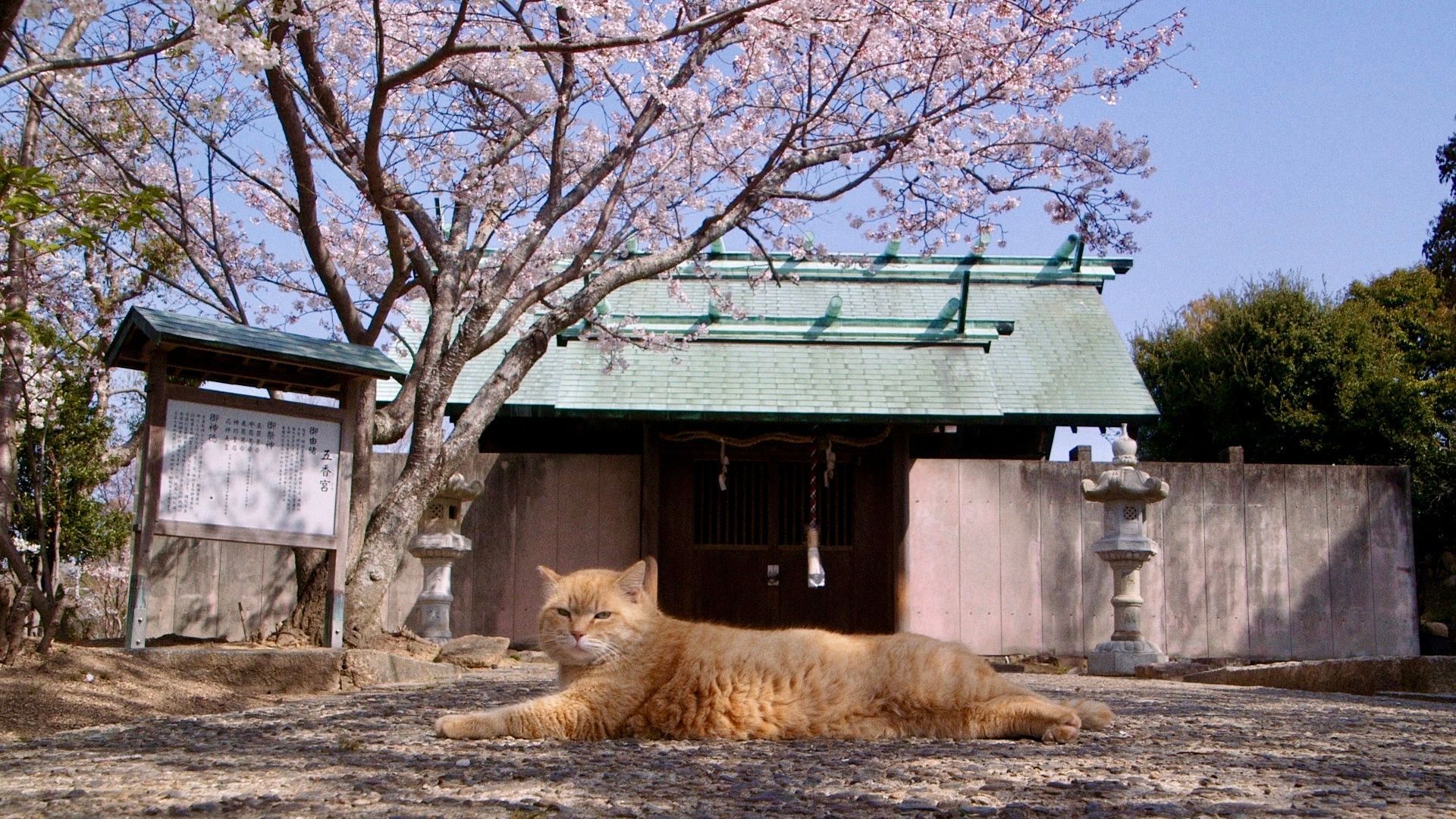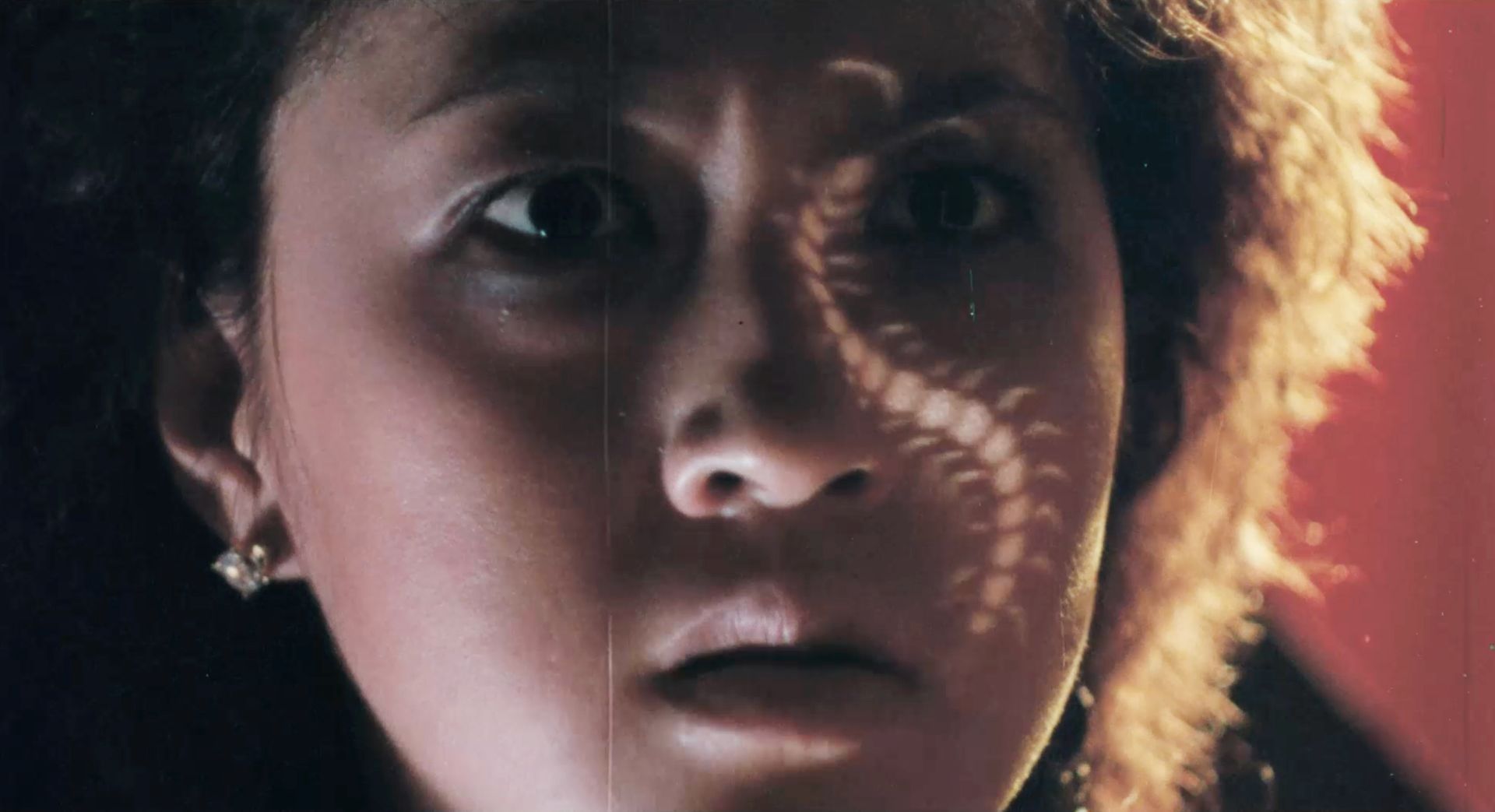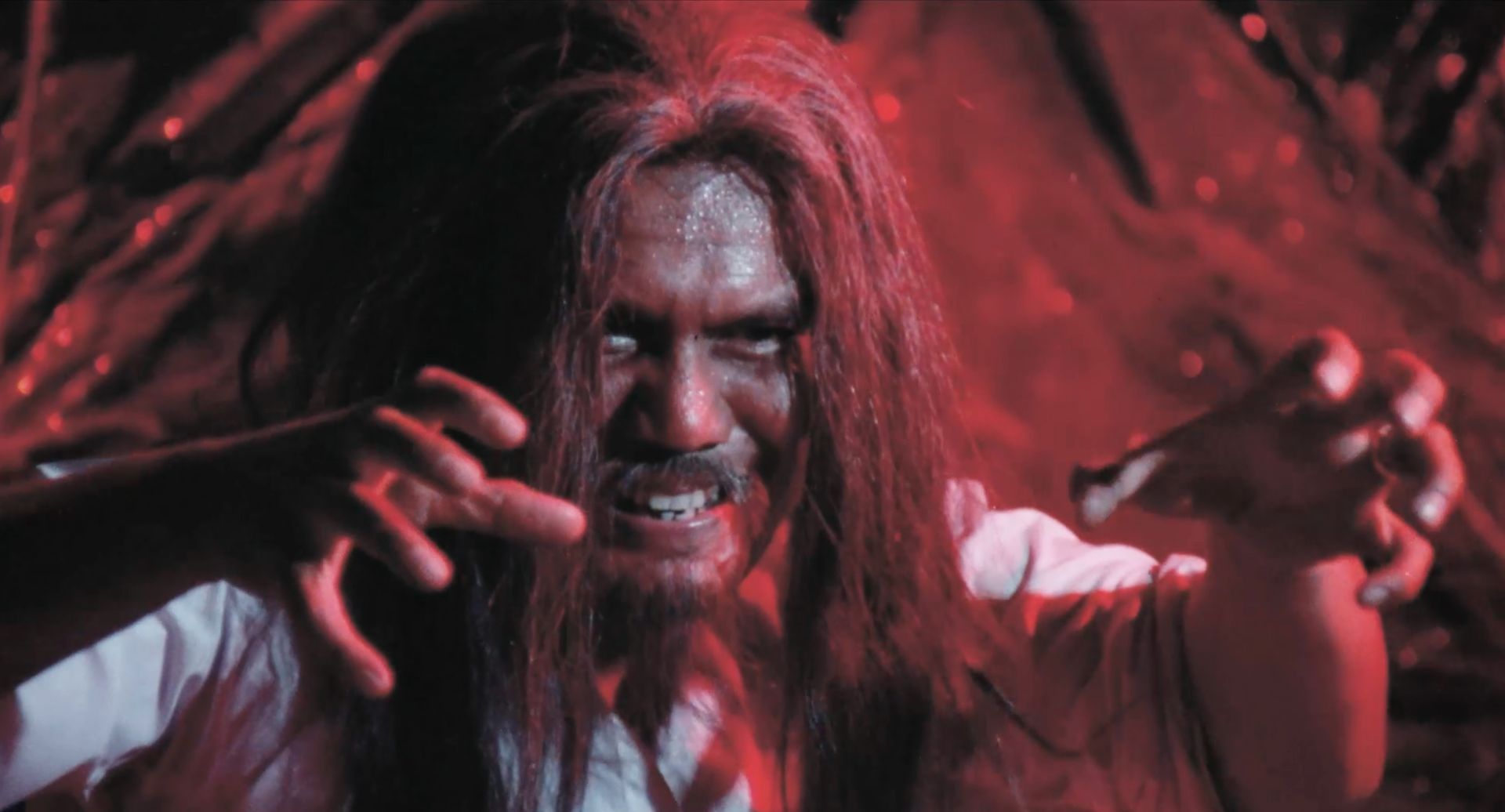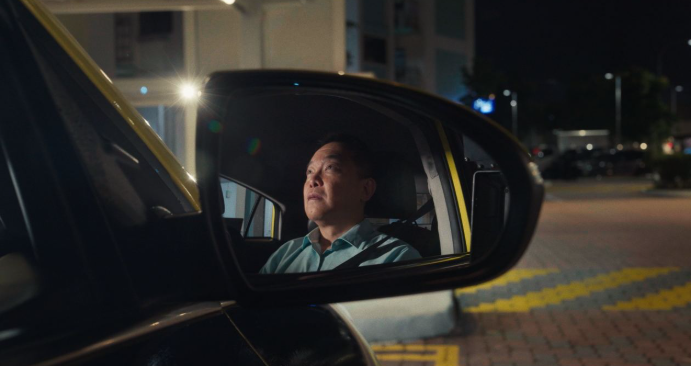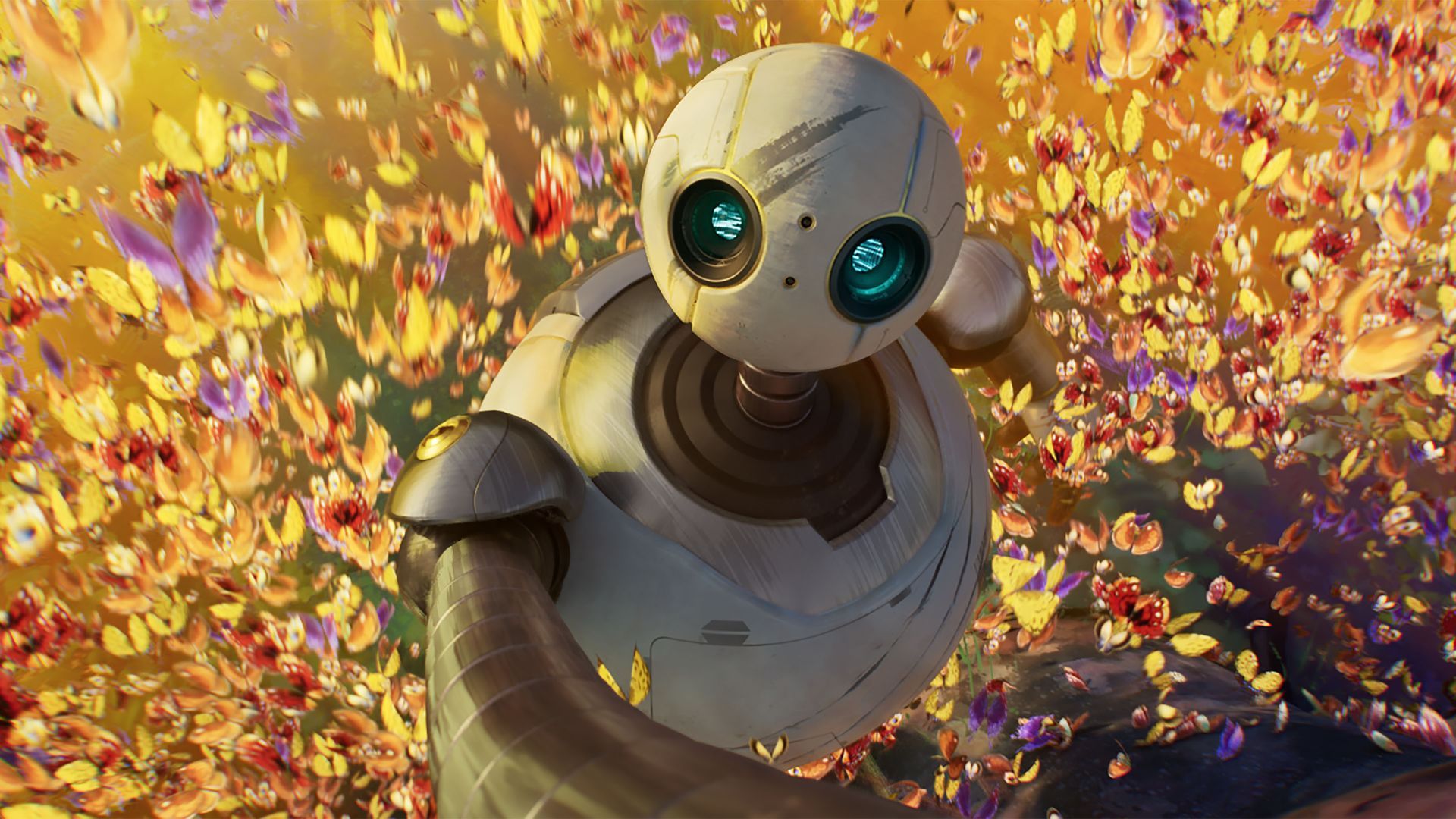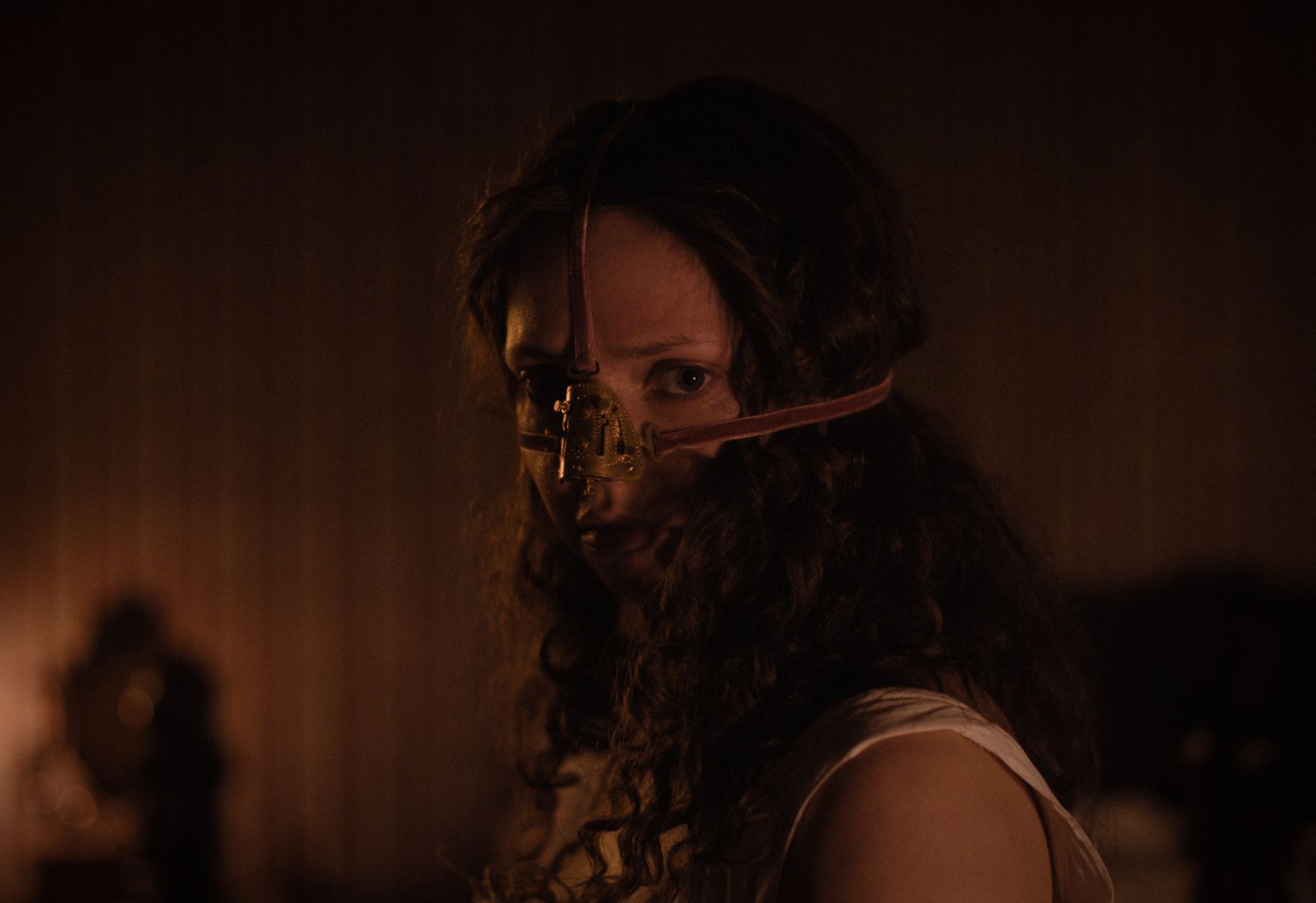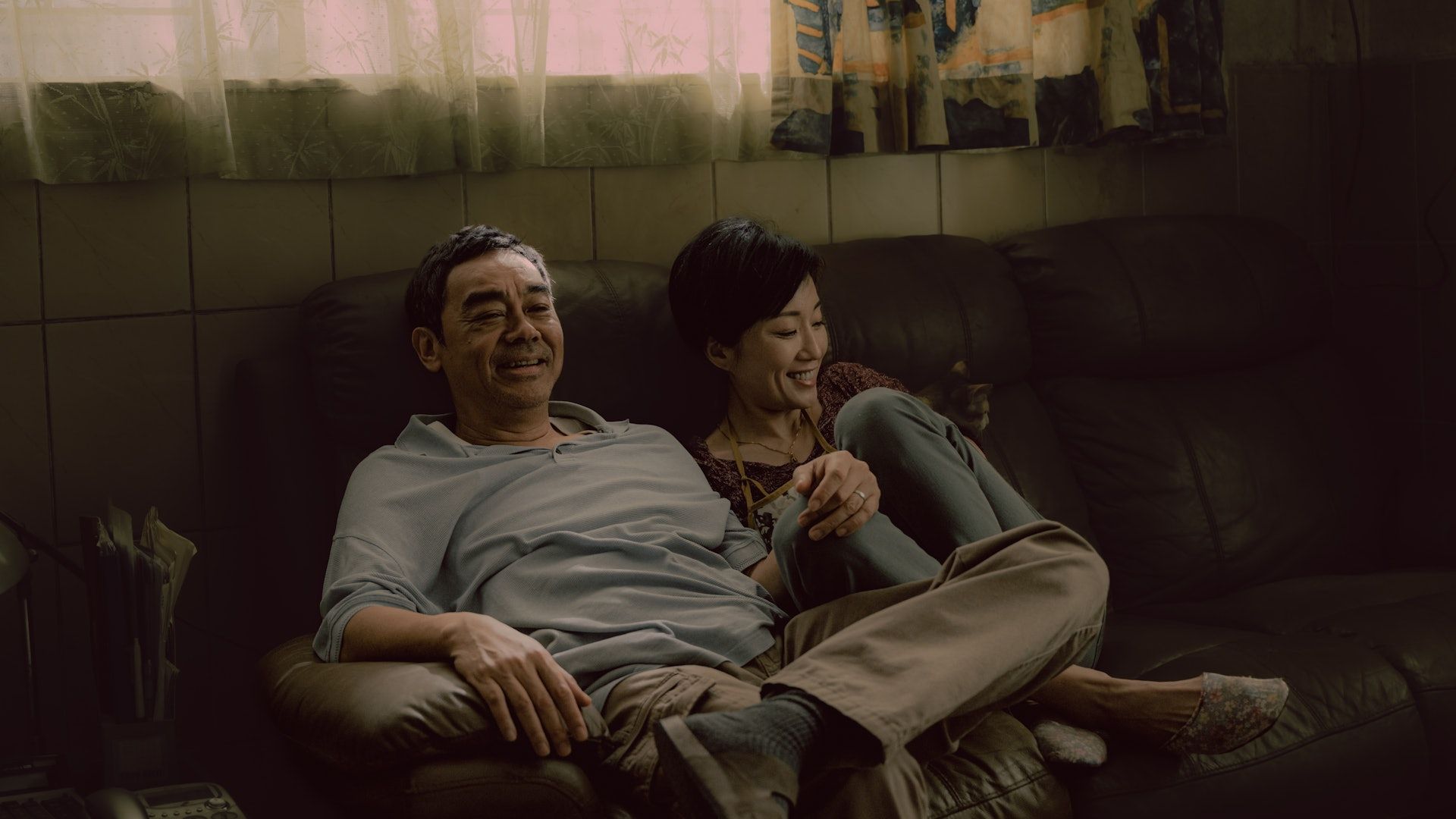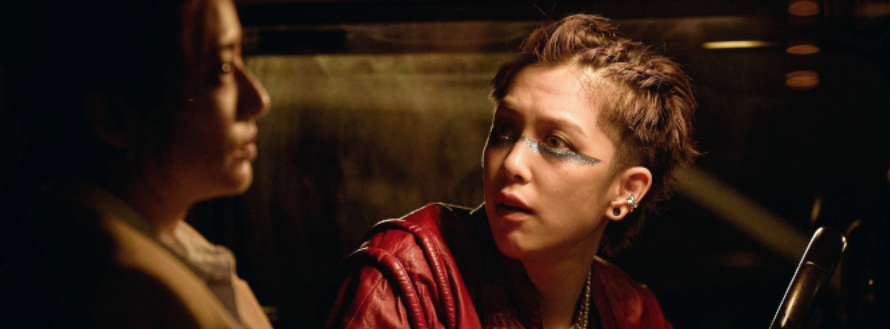Film Review #13: FIRE OF LOVE
Film Review #13: FIRE OF LOVE
*This film review may contain plot spoilers, reader discretion is advised.*
My face was as warm as the volcanoes I witnessed for the last ninety minutes.
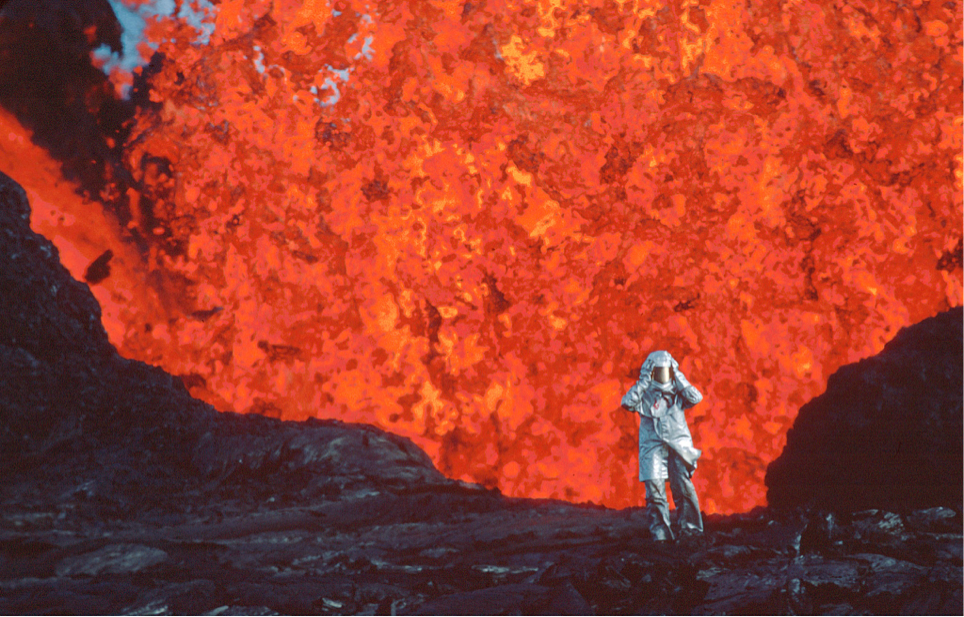
Film still from
Fire Of Love
Fire of Love is a documentary about famed volcanologists Katia and Maurice Krafft. While most of the film’s visual imagery is regarding volcanoes, the film is about how the Kraffts viewed the volcanoes, how they obsessively loved volcanoes and the lengths they went to understand them more. However, like all great love stories, it ends with tragedy. While filming Mount Unzen in June 1991, the high-speed pyroclastic flows of the eruption buried them in ash. However, there is no loss in knowing the ending of Fire of Love, in fact, the narrator reveals the tragic end minutes into the film. This revelation sets up anticipation for a singular question: they died doing what they loved, was it worth it?
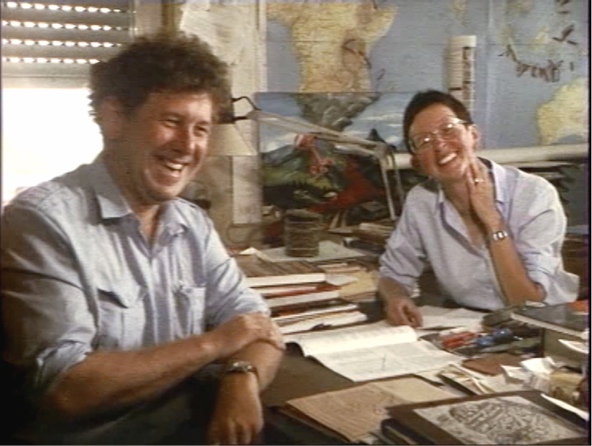
Film still from Fire Of Love
The film showcases the relationship between Katia, Maurice and Volcanoes as an unorthodox love triangle. Usually, in a love triangle, there is a conflict between two individuals to get the affection of one. In this documentary, the two individuals work together to get closer to their common lover. Alone, Katia and Maurice could only dream of volcanoes, together they could witness these beasts of nature. We see immense admiration through their eyes, sounds and words. The documentary is almost entirely composed of footage taken by Maurice and pictures taken by Katia, supplemented with recorded interview footage and written materials delivered by voice actors. The film primes you to perceive volcanoes from their perspective—and you cannot help but fall in love with them.
The editing style of the film is adept at letting viewers ponder. The filmmakers give us information verbally and then insert a montage of visuals. There isn’t a constant stream of information overloading you. The information is allowed to marinate in your thoughts while you look at volcanoes. Since most of the film is about the Kraffts’ obsessive love for volcanoes, this mixture of their words and visuals makes sure you could empathise with them completely. By the end of the film, you are tangled up in their love triangle.
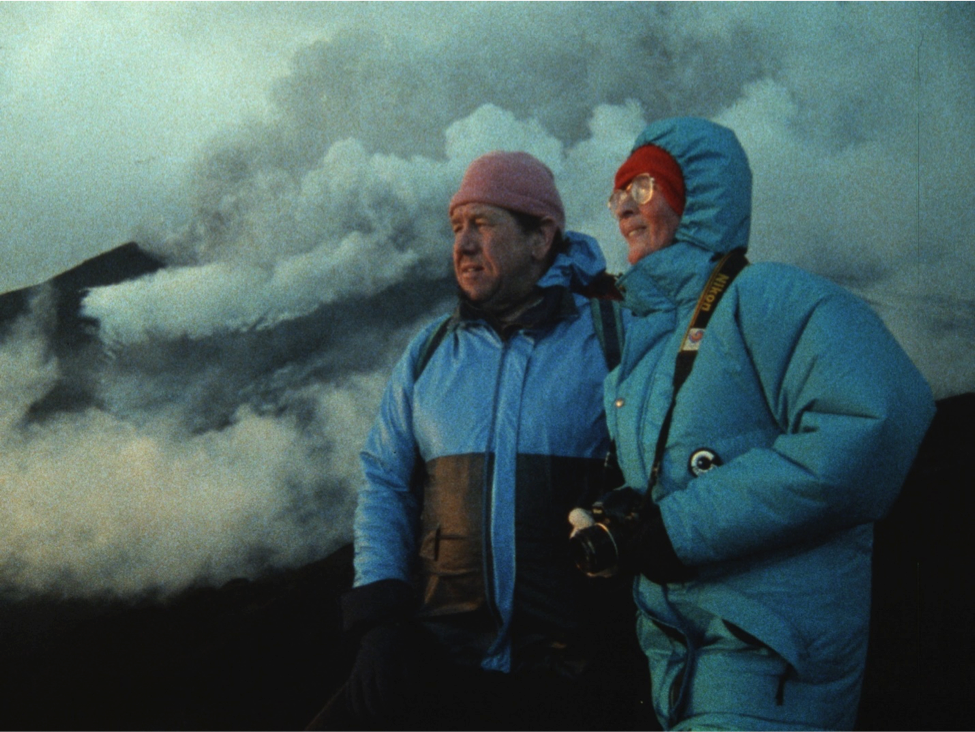
Film still from Fire Of Love
Even though the central characters of the film are Katia and Maurice, you see more volcanoes than anything else. These volcanoes shown are alive, breathing, reacting—and dangerous. Throughout the Fire of Love, the volcanoes personify individuals that are mesmerising from afar but deadly close by. The Kraffts are well aware of this yet keep getting closer and closer. The filmmakers gingerly place moments to remind us how dangerous volcanoes are, from Maurice burning his foot to Katia’s fear of falling through the weak ground. The filmmakers deceive the audience into believing that the Kraffts will die from their reckless obsession.
But after witnessing the destruction caused by the Colombian eruption of Nevado del Ruiz, they want people to be mesmerised by these violent visuals of nature but not die from them. From that point onwards they dedicated their entire lives to understanding what makes these volcanoes suddenly erupt and kill thousands, and their films and photos are invaluable in showing the horrors of eruptions. Then it hit me, they sacrificed their lives not only for the love of volcanoes but for the love of people. They died without knowing how many lives they saved. After they passed away, their films convinced the government of the Philippines to evacuate people from Mount Pinatubo in 1991.
So, as the credits rolled, I shed tears and my face turned as warm as the volcanoes. Their sacrifice is inspirational. It gave me hope that I can pursue my passion unabashedly and still give back to all of humanity.
——————————————————————————-
This review is published as part of *SCAPE’s Film Critics Lab: A Writing Mentorship Programme, organized by The Filmic Eye with support from Singapore Film Society and Sinema.
About the Author: Deepesh Vasudev is a filmmaker and also majors in Philosophy at NUS. He has created short films, music videos, adverts and visual poems, to name a few.

